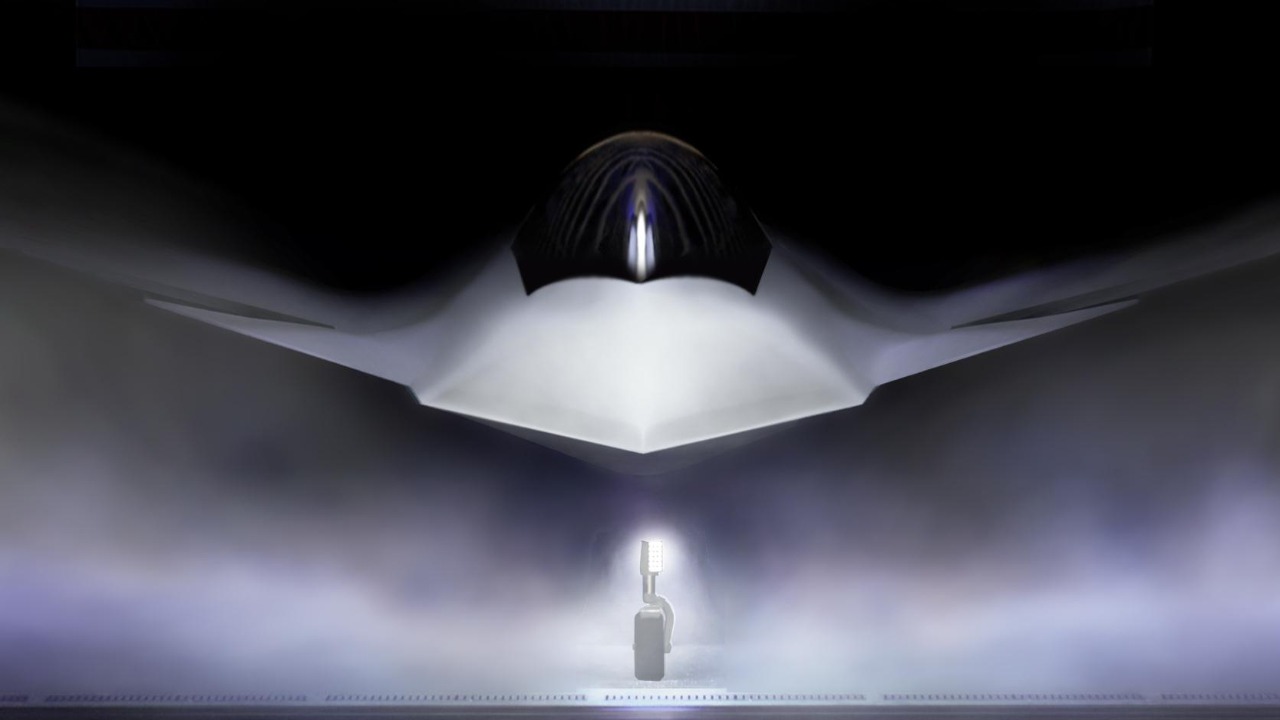
The Boeing F-47 NGAD Stealth Fighter is a game-changer in the realm of air superiority, designed to send a clear strategic message to potential adversaries such as China. This sixth-generation fighter, developed under the Next Generation Air Dominance (NGAD) program, is poised to redefine the dynamics of global military aviation with its unmatched stealth and capabilities, positioning itself as a superior successor to the F-35.
The NGAD Program’s Evolution
The Next Generation Air Dominance (NGAD) initiative was conceived with the goal of replacing aging fifth-generation fighters with advanced systems for air dominance. This ambitious program has seen significant milestones, including the selection of Boeing as the lead contractor for the F-47 platform. The NGAD program has also integrated collaborative combat aircraft (CCA) to enhance the F-47’s operational effectiveness, a move that underscores the program’s commitment to innovation and technological advancement.
Boeing’s F-47 Design Innovations
The F-47 NGAD Stealth Fighter boasts a range of cutting-edge features that set it apart from its predecessors. These include adaptive cycle engines and advanced sensor fusion, as outlined in Boeing’s conceptual announcements. The aircraft also emphasizes sixth-generation stealth technologies that surpass previous designs, marking a significant leap forward in stealth capabilities. Boeing’s role in prototyping the F-47 has been instrumental, with testing phases accelerating since May 2025.
Strategic Messaging to China
The F-47 NGAD Fighter serves as a potent deterrent in the Indo-Pacific region, directly addressing China’s J-20 and emerging threats. The aircraft’s ability to penetrate advanced air defense networks sends a clear message to China, as highlighted in November 2025 coverage. Potential deployment scenarios near Taiwan and the South China Sea further underscore the F-47’s strategic importance in countering regional aggression.
Comparison with the F-35 Lightning II
When compared to the F-35, the F-47 boasts superior speed, range, and payload capacity for high-threat environments. The F-47 positions itself as the F-35’s superior counterpart in joint operations, as reported in November 2025. Furthermore, the interoperability between the F-47 and F-35 fleets, including data-sharing enhancements, is a testament to the strategic vision behind the development of these advanced aircraft.
Global Implications for Air Forces
The F-47 NGAD Stealth Fighter sends a broader message to any air force on Earth, as articulated in a May 2025 analysis. The aircraft’s export potential and alliances, such as with NATO partners seeking next-generation upgrades, could significantly alter the global military aviation landscape. The F-47’s emergence is likely to influence international arms races, prompting rivals like Russia and China to accelerate their programs.
Challenges and Future Roadmap
Despite its impressive capabilities, the F-47 faces several development hurdles, including budget constraints and technological integration timelines. However, with operational deployment eyed for the late 2020s, the future of the F-47 looks promising. Production scales and sustainment strategies are also being considered to maintain the U.S.’s aerial edge through 2050, indicating a long-term commitment to the F-47 and the broader NGAD program.
More from MorningOverview